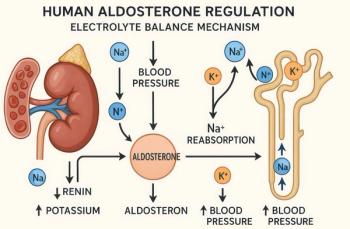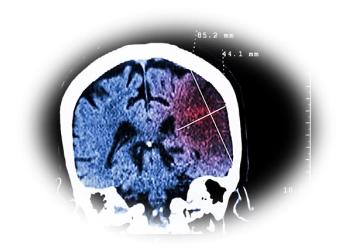
Exercise with Atrial Fibrillation? Yes, in Moderation
Results of a Norwegian study add to the evidence that shows moderate aerobic exercise is appropriate in patients with symptomatic AF.
[[{"type":"media","view_mode":"media_crop","fid":"45727","attributes":{"alt":"Atrial fib benefits from moderate exercise ","class":"media-image","id":"media_crop_254478812590","media_crop_h":"0","media_crop_image_style":"-1","media_crop_instance":"5255","media_crop_rotate":"0","media_crop_scale_h":"0","media_crop_scale_w":"0","media_crop_w":"0","media_crop_x":"0","media_crop_y":"0","style":"height: 461px; width: 620px;","title":"©Sebastian Kaulitski/Shutterstock.com ","typeof":"foaf:Image"}}]]
A number of studies have found that intense or vigorous exercise is associated with an increase in incidence of atrial fibrillation (AF).1-3 However, it turns out that the interplay of AF with exercise is complex and does not follow a clear dose-dependent relationship and moderate exercise can actually reduce symptom burden.
In a recent study published in Circulation, a Norwegian group assessed the effect of aerobic interval training (AIT) on time in AF, AF symptoms, cardiovascular health, and quality of life in AF patients.4 This was a small randomized study of 51 patients with symptomatic, ECG-documented, nonpermanent AF randomized in a 1:1 fashion to interval training (four 4-minute intervals at 85-95% peak predicted heart rate, 3 times a week) vs continuing regular exercise habits (control group) for a period of 12 weeks. AF burden was quantified by an implantable loop recorder placed 4 weeks before and continued for 4 weeks after the intervention. Exercise intervention was within the intensity, duration, and frequency recommended in guidelines for the prevention and treatment of cardiovascular disease.5
AIT reduced mean time in AF (-3.3% with AIT vs +4.2% in controls, p=0.001), AF symptom frequency (p=0.009), VO2 peak, left atrial and ventricular ejection fraction (although there were no changes in chamber volumes), and lipid values and also improved quality of life scores. There were also fewer cardioversions and hospital admissions with AIT but this did not achieve statistical significance.
Patients with AF often wonder about exercise and its safety and efficacy profile. This study sheds light on the beneficial effects in these patients of moderate exercise as represented by the AIT protocol. The results suggest that clinicians caring for patients with symptomatic AF may want to consider recommending an AIT-like exercise regimen. In addition to improving AF burden in the short term, as this study demonstrates, AIT aslo is likely to improve metabolic parameters associated with AF and cardiovascular disease, such as obesity, diabetes, and hypertension. Additional studies are needed to report and validate the long-term outcomes in AF patients as this study only provides 12-week data.
References:
1. Molina L, Mont L, Marrugat J, et al.
2. Grimsmo J, Grundvold I, Maehlum S, et al.
3. Baldesberger S, Bauersfeld U, Candinas R, et al.
4. Malmo V, Nes BM, Amundsen BH, et al.
5. Eckel RH, Jakicic JM, Ard JD, et al.
Newsletter
Enhance your clinical practice with the Patient Care newsletter, offering the latest evidence-based guidelines, diagnostic insights, and treatment strategies for primary care physicians.




















































































































































































































































































